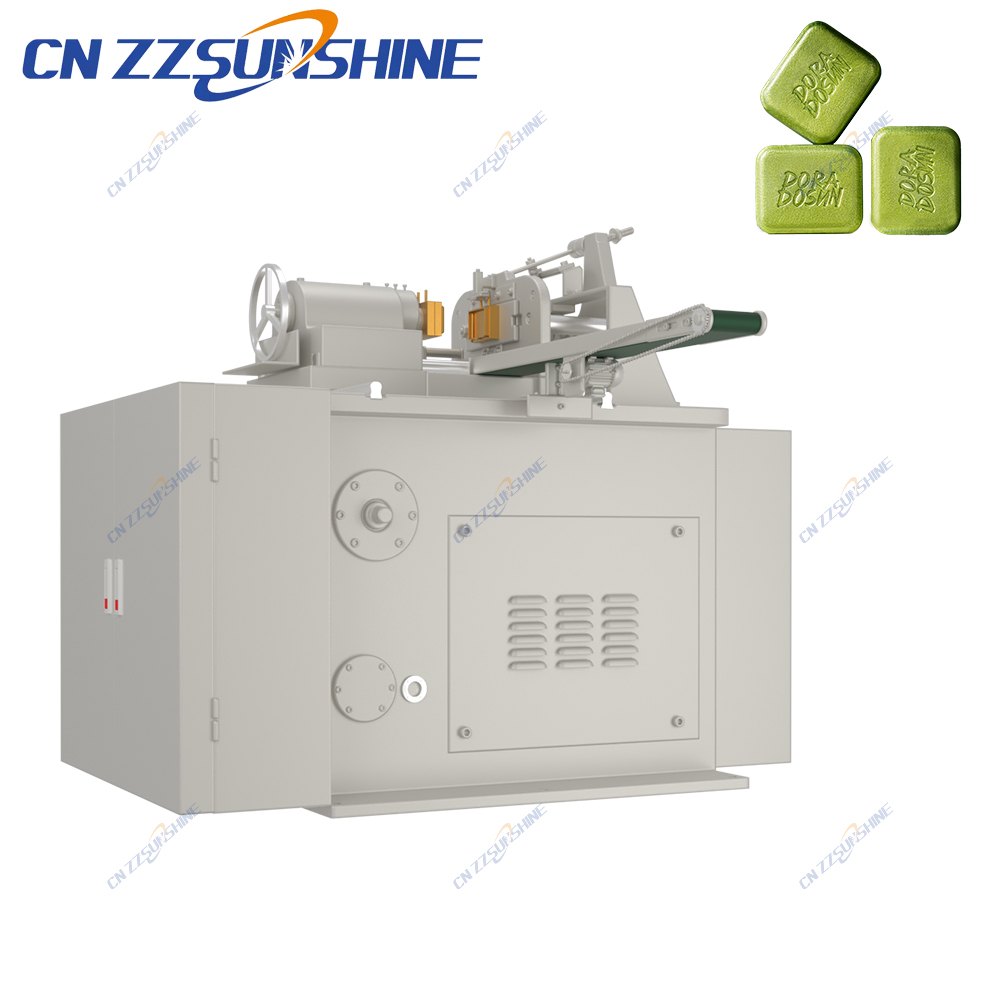Operating an efficient soap making production line demands precision equipment and process understanding. The journey begins with raw material preparation in specialized industrial mixers for chemical processing. These soap mixers must handle caustic ingredients safely while achieving uniform saponification. For quality bar soap, the mixed paste transfers to a vacuum plodder machine. This critical component removes air pockets, ensuring bar density and preventing cracking during curing. Modern vacuum plodders significantly enhance product consistency compared to open systems.
The extruded soap logs then progress to cutting stations. While basic guillotine cutters exist, many manufacturers now adopt custom soap cutting machines or automated electric washing soap cutters. These deliver precise bar dimensions with smooth edges, reducing waste. For premium segments like beauty soap making lines, integrated three-roller mills refine texture before extrusion. An OEM three-roller grinding mill allows cosmetics producers to adjust particle size for specialty additives like exfoliants or pigments.
Downstream, finishing equipment varies between laundry bar soap production lines and toilet soap finishing lines. High-output facilities often integrate automatic soap production lines featuring PLC-controlled plodders, laser-guided cutters, and automated stamping. Such turnkey systems minimize manual handling while maximizing throughput. For smaller batches, modular setups combining a reliable soap plodder machine with semi-automatic cutters offer flexibility.
Beyond core machinery, auxiliary systems matter. Industrial chillers for machinery stabilize temperatures in mixing and plodding zones, preventing overheating. Properly sized factory price industrial chillers protect sensitive chemical reactions. Meanwhile, automated packing machines for food-grade packaging ensure hygienic wrapping of finished bars. Whether establishing a compact laundry soap making line or a large-scale bath soap making machine setup, prioritizing equipment interoperability and maintenance access reduces downtime. Partnering with experienced technical suppliers who understand material science and production scaling remains key to optimizing your soap line’s ROI.




